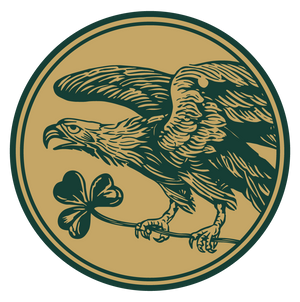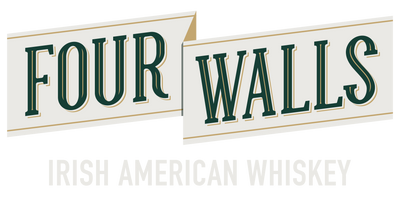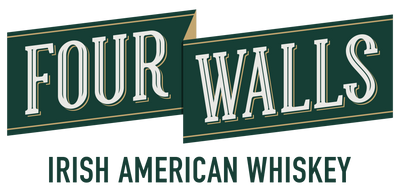Cheers to Hollywood's Frolic Room

It seems that most of what Los Angeles is selling these days is nostalgia—what the town used to be. The movie industry started here in the 1920s and 30s, this was the epicenter of surfing in the '60s, and if you wanted to make a name for yourself as a rock band in the '80s, the only place to play was at the Whiskey. LA—whoever does the marketing for the city, anyway—is constantly reminding us of these things.
But much of what LA was just doesn’t exist anymore. Treasured restaurants and trendy stores that were once the darlings of the city are always being replaced by something newer and trendier.
But not everything. If you look hard enough, you’ll find some of those treasures that have somehow avoided the bulldozer and one of those places is called the Frolic Room.

Located right in front of Gary Cooper’s star on the Walk of Fame, the Frolic Room remains an iconic and original part of storied Hollywood Boulevard. The interior dates back to 1963, when the last remodel was completed, but the bar itself was opened in 1934. There’s some speculation about when it actually started serving, though, as it’s attached to the Pantages Theatre next door. The rumor is that the little bar was used as a speakeasy for the theater beginning in the 1920s.
In 1949, Howard Hughes bought the attached theater and moved his personal offices into the second floor. The Pantages then hosted the Academy Awards from 1949 until 1959, and it’s rumored that the Frolic Room saw more than its fair share of Hollywood elites as a private party venue in those days. These were the glory days of the old bar when patrons wore black ties, and Sinatra was crooning in the background.
But then, between 1959 and 1989, Hollywood went through a number of changes. Gone was the glitz and glamor of Hollywood Boulevard, replaced by topless joints and low-rent dives. Walking alone at night could be a bit frightening as you had to avoid winos and prostitutes, stepping around small piles of trash and rubbish that accumulated on every block. But still, the Frolic Room soldiered on, its storied marquee never fading or going dark.
As one by one the small bars of the city began shuttering, the Frolic Room somehow remained popular. By day it doled out cheap drinks to the low-rent crowd (like me), and at night served the pre-partiers.
Despite the atmosphere it proudly exuded, it also saw its share of celebrities. The 90s band 311 wrote a song about the place after spending an afternoon here celebrating their recent music deal, signed in the iconic Capitol Records Building just behind the Frolic Room.
When you walk through the door today, shutting out the world and its worries behind you, you have truly traveled back in time. The décor is straight out of Once Upon a Time in Hollywood, with UFO-shaped lamps above your head and neon orange stools waiting for you to settle in and order something cold. Opposite the bar, emblazoned across the entire wall it shares with the theater, is a mural of 1960s celebrities drawn in caricature by the artist Al Hirschfeld, the celebrated illustrator of the mid to late 20th century. When you see that mural, you know you’re in Tinseltown.

Behind the bar, the offerings are simple and rudimentary. This isn’t a craft cocktail lounge, this is a bar, after all. A beer and a shot at one in the afternoon would be considered routine at a place like this. If you want to push your luck and order something mixed, keep it uncomplicated – maybe a Martini, or perhaps an Old Fashioned (but don’t expect hand-crafted ice cubes or fancy bitters).
On one visit, early in the day when the place was empty, I asked the bartender what the crowd was like. She considered for a moment and then told me, “It depends on the time of day, some days you can be sitting next to a homeless person on one side and Kiefer (Sutherland) on the other.” On that visit, I sat next time neither, but I did have a nice chat with some locals who raved about the Frolic Room as if they were talking about a member of their family.
It will get packed at night, especially during the weekend, often by those attending a show next door, but more frequently, it’s filled with regulars like the ones I talked to. These are people who like what LA was and, by having a drink at the Folic Room, are trying to hold onto it.
- Tags: Bars



